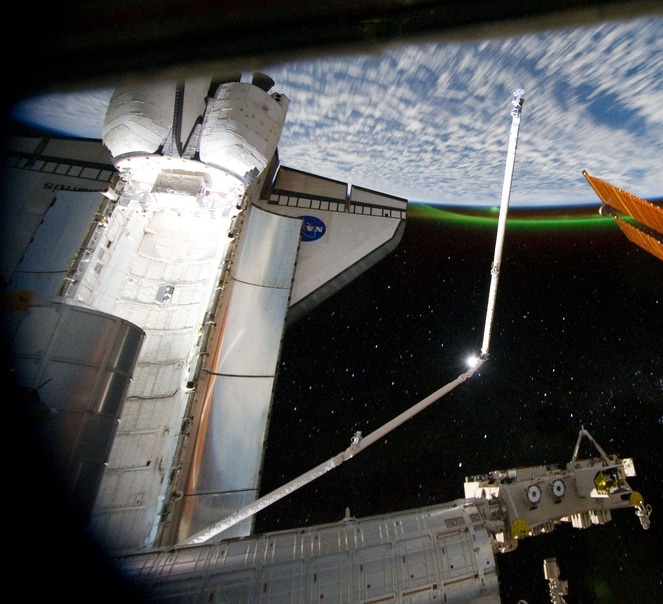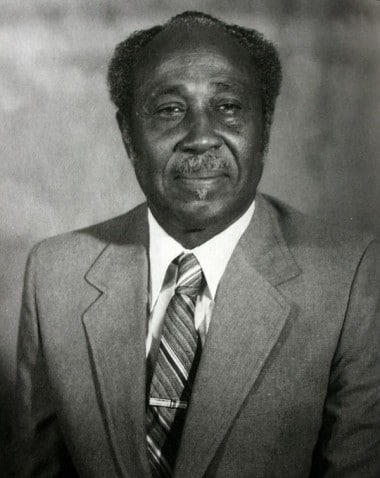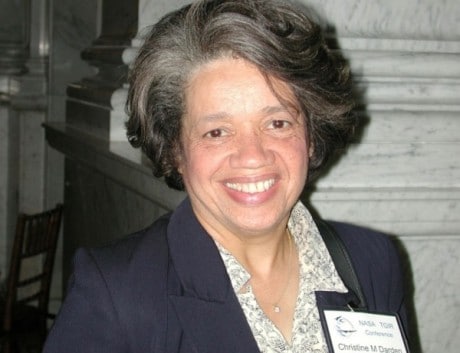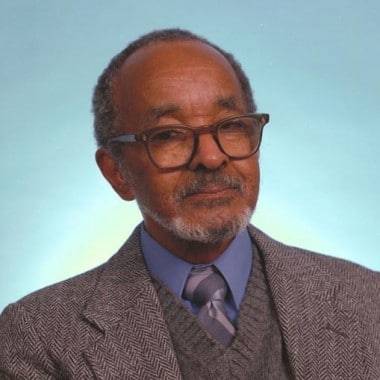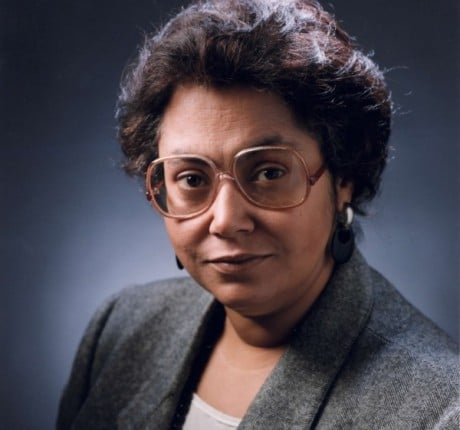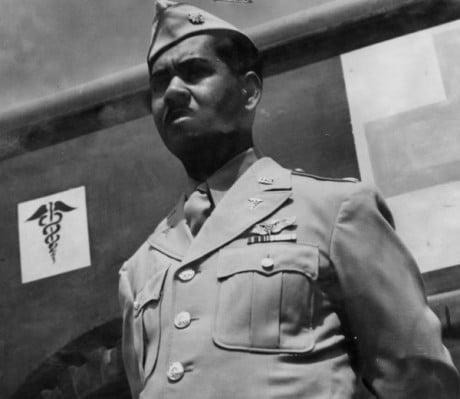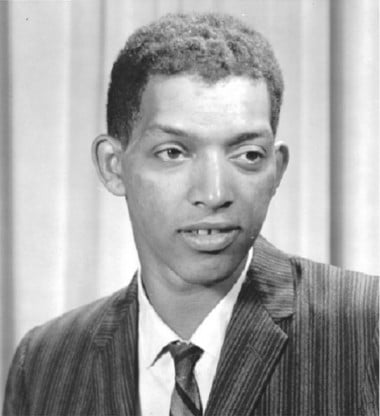Robert Shurney (1921-2007)
Dr. Robert Shurney was a physicist from Tennessee State University, who worked at NASA. As a Marshall Space Flight Center engineer, he accomplished several major and significant tasks for NASA, including designing the tires for the moon buggy used during the Apollo 15 mission in 1972. His ingenious design used wire mesh in the place of rubber to save weight, yet still provide the needed flexibility.
Christine Darden(1942-)
Christine Darden is an award-winning mathematician and mechanical engineer, who has worked with NASA since 1966 and became a recognized leader in the reduction of shock waves from spacecraft wings and nose cones.
After starting out as a data analyst for NASA, Darden was promoted to aerospace engineer in 1973 and moved into various leadership positions. In 1989, she was appointed technical leader of NASA’s Sonic Boom Group of the Vehicle Integration Branch of the High Speed Research Program, where she was responsible for developing the sonic boom research program internally at NASA.
In October 1994, Darden became the deputy program manager of The TU-144 Experiments Program, an element of NASA’s High Speed Research Program; and in 1999, she was appointed as the director in the Program Management Office of the Aerospace Performing Center at Langley Research Center where she was responsible for Langley research in air traffic management and other aeronautics programs managed at other NASA Centers.
Darden also served as technical consultant on numerous government and private projects, and she is the author of more than fifty publications in the field of high-lift wing design in supersonic flow, flap design, sonic boom prediction, and sonic boom minimization.
Emmett Chappelle (1925-)
Emmett W. Chappelle is a scientist who made valuable contributions in several fields, including medicine, philanthropy, food science and astrochemistry.
In 1958, Chappelle joined the Research Institute for Advanced Studies where he discovered that one-celled plants could convert carbon dioxide to oxygen. This discovery helped to create a safe oxygen supply for astronauts. In 1966, he joined NASA where his research focus was bioluminescence, which is light without heat. He discovered a method for instantly detecting bacteria in water and developed techniques that are still widely used for the detection of bacteria in urine, blood, spinal fluids, drinking water and foods.
Chappelle has been honored as one of the 100 most distinguished African-American scientists of the 20th century, and was inducted into the National Inventors Hall of Fame in 2007 for his discovery of the lyophilized reaction mixtures on January 21, 1969, for which he received one of his 14 patents.
Patricia Cowings (1948-)
Dr. Patricia Cowings is a psychologist who has been conducting space flight research for NASA and became the first woman in America to be trained as a scientist astronaut. Although she never made it to space, she has spent her 34-year career at NASA making it better for those who do.
Cowings helps astronauts better adapt to space by studying the effects of gravity on human physiology and performance. She was instrumental in developing and patenting the autogenic-feedback training exercise, a treatment for space motion sickness and headaches.
Shelby Jacobs (1935-)
Shelby Jacobs was a mechanical engineer, who worked on the Apollo space shuttle program. These projects, including the Apollo-Soyuz orbiter space shuttle program for which he was the project manager, are still considered to be one of the most remarkable engineering achievements in the history of mankind.
Jacobs later went on to design the propulsion systems and hydraulics instrumentation, which included a camera ejection system in 1965. He is best known for his role in the design, installation and testing of the camera system, which flew on the unmanned Apollo 6 flight in April 1968. The video footage of the separation between the first and second stages of the shuttle is one of the most repeated images in space history.
Dr. Vance Marchbanks (1905-1973)
Dr. Vance Marchbanks was a heart surgeon and medical specialist for NASA. During his time there, Marchbanks helped develop ways to monitor astronauts’ vital signs during space flight. It was Marchbanks who was responsible for John Glenn’s health during America’s first orbital flight.
George Carruthers (1939-)
Dr. George Carruthers was an astronautical engineer, who built camera systems for NASA that produced some of the most enduring images from space. Carruthers is responsible for developing the far ultraviolet camera/spectrograph for the 1972 Apollo 16 mission, which was used to build the first and only moon-based observatory.
In 1970, using a sounding rocket, Carruthers made the first detection of molecular hydrogen in space. He also developed a rocket instrument that obtained an ultraviolet image of Halley’s Comet, and an instrument with two cameras, with different far-UV wavelength sensitivities, used on the STS-39 space shuttle mission in 1991.

